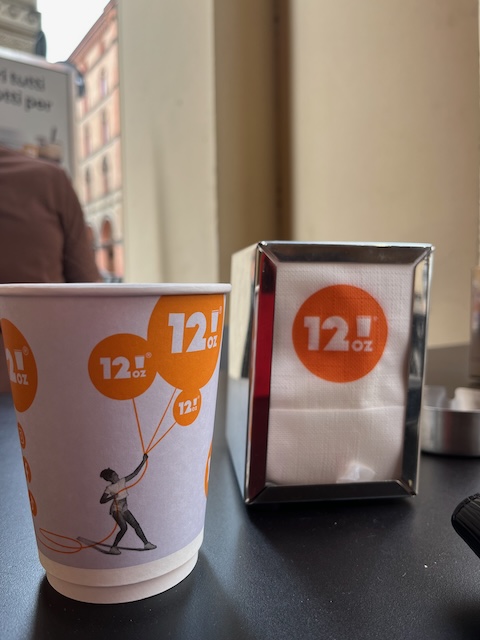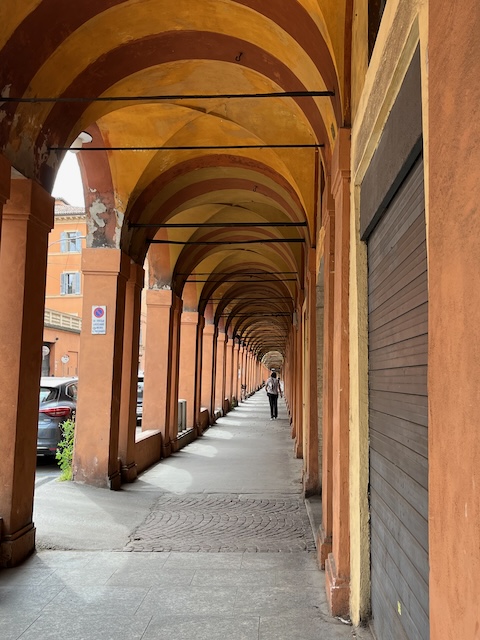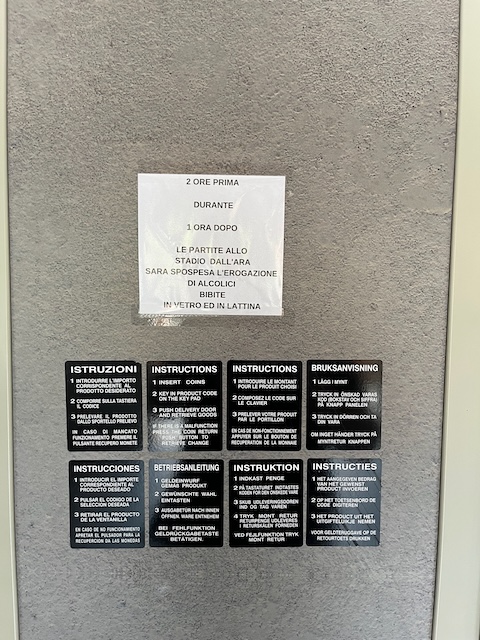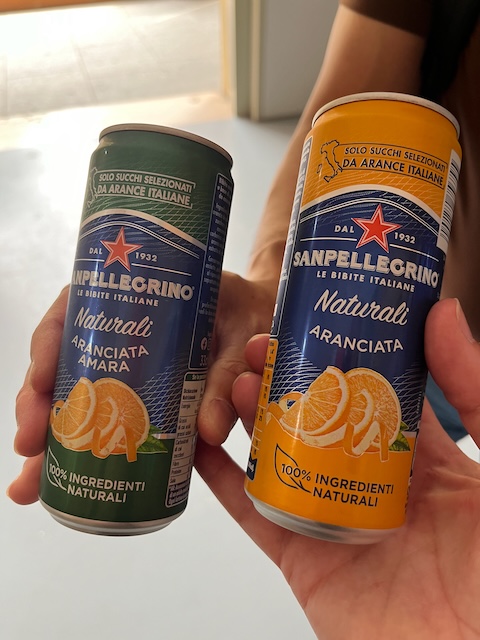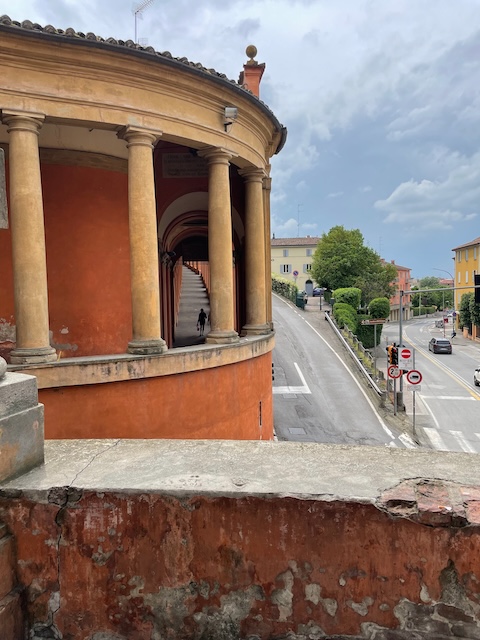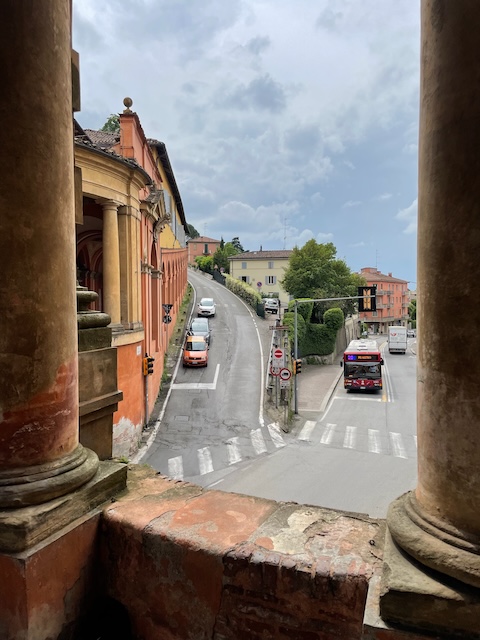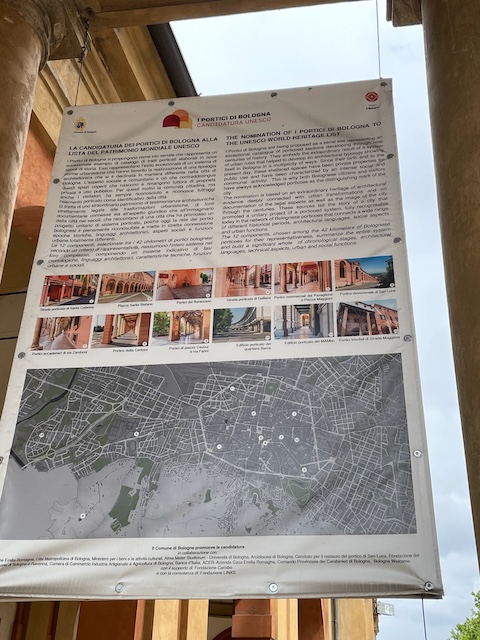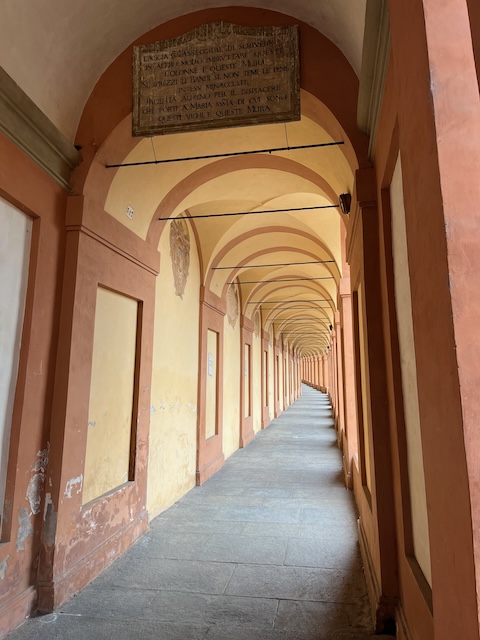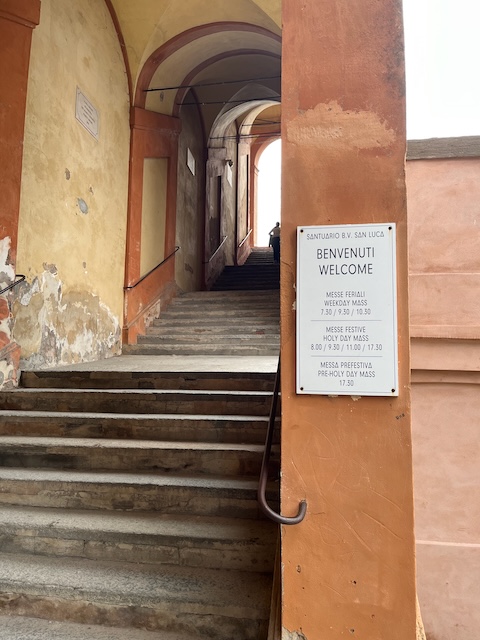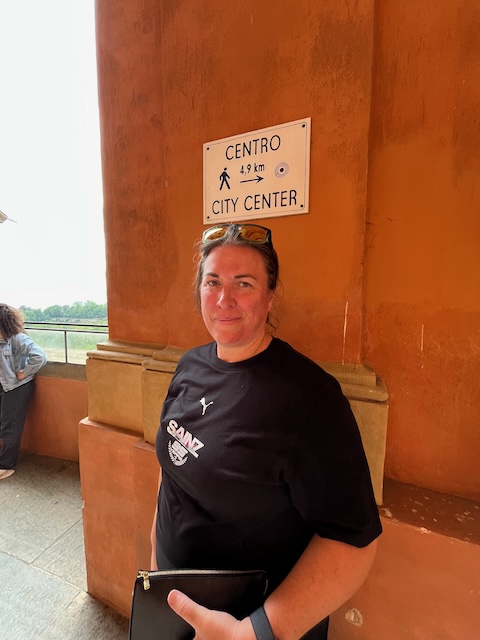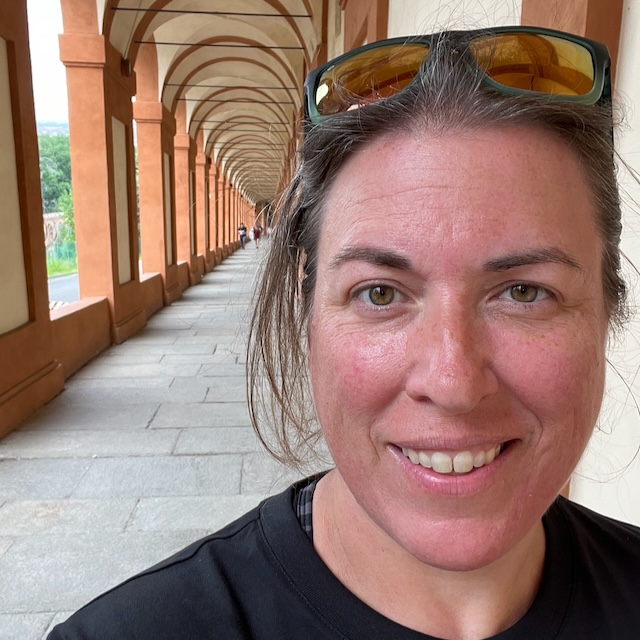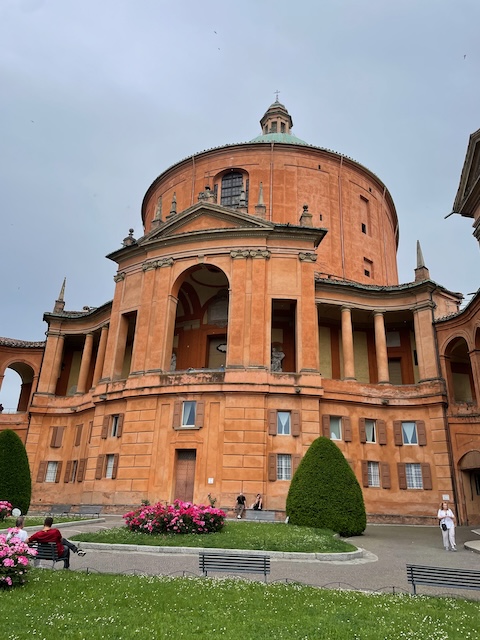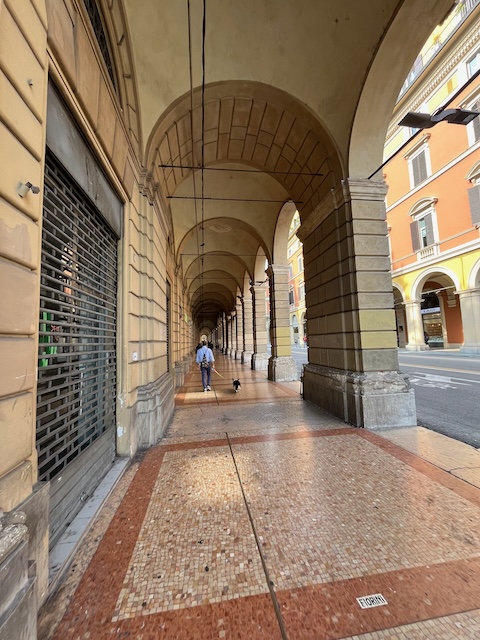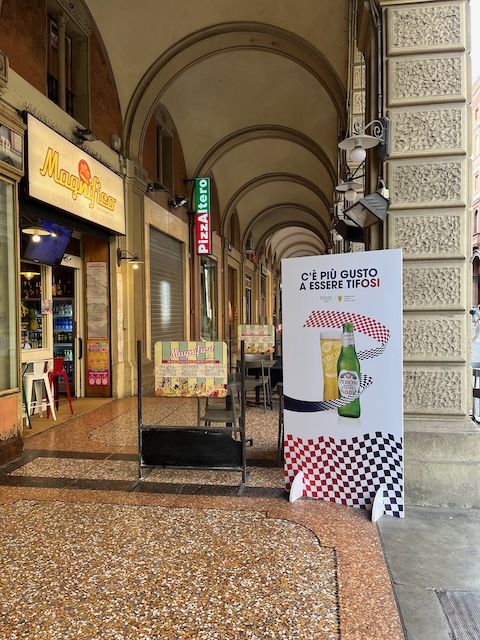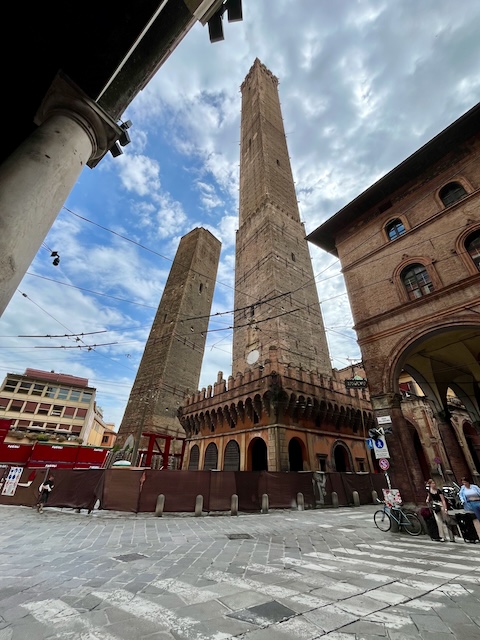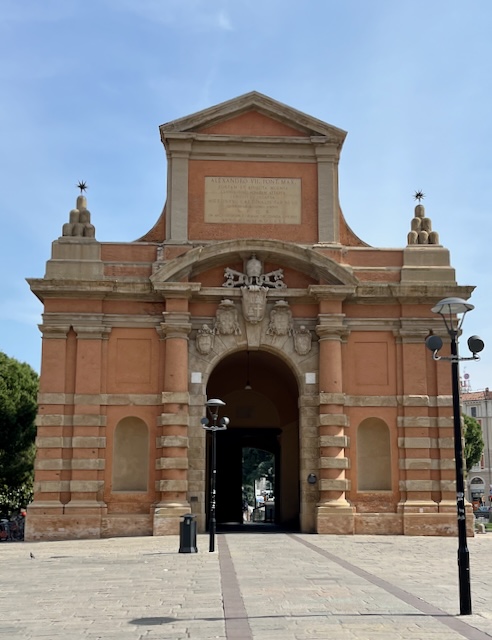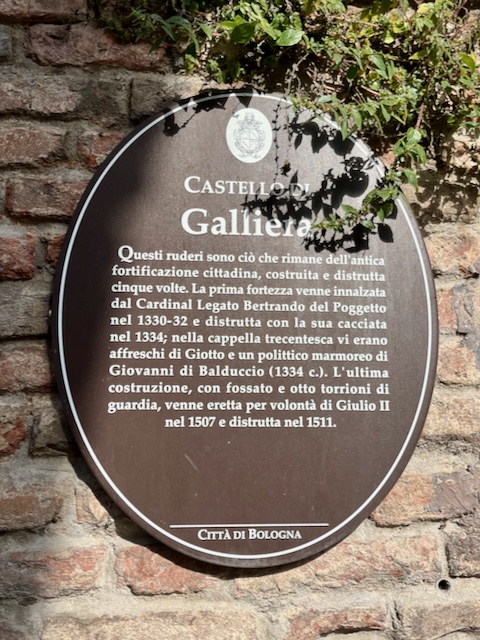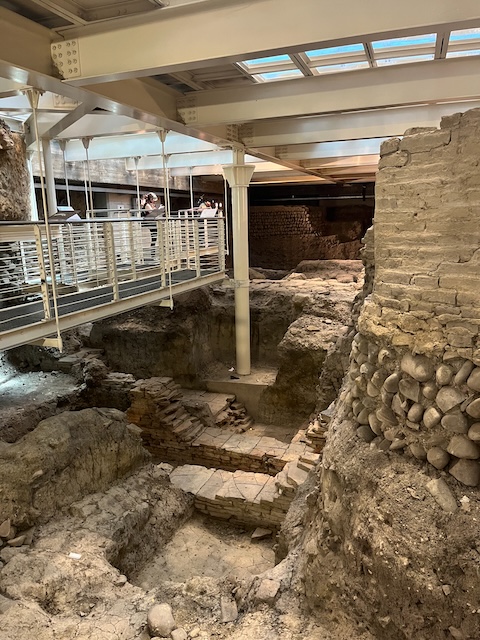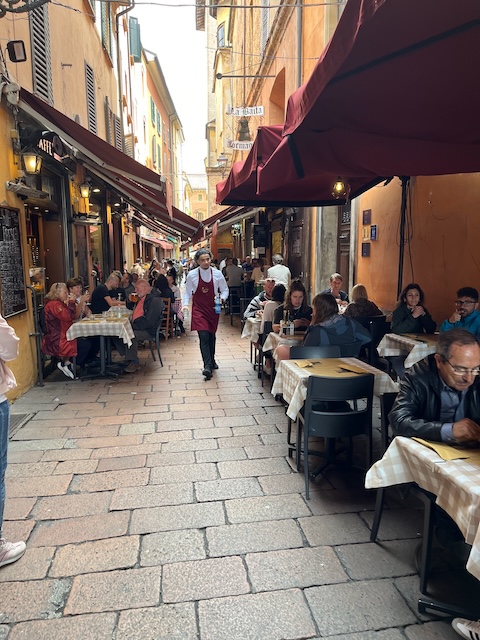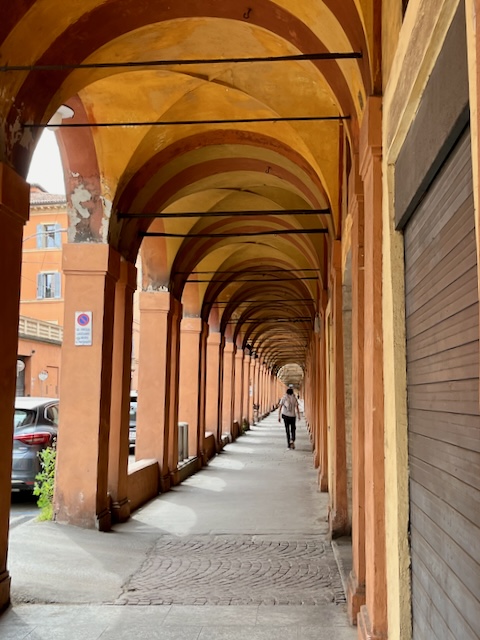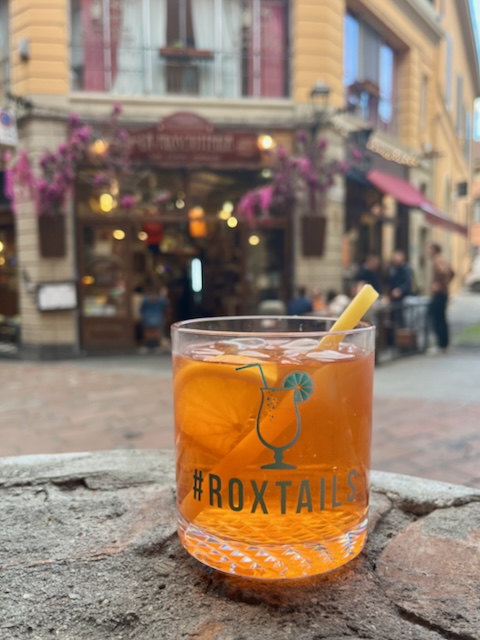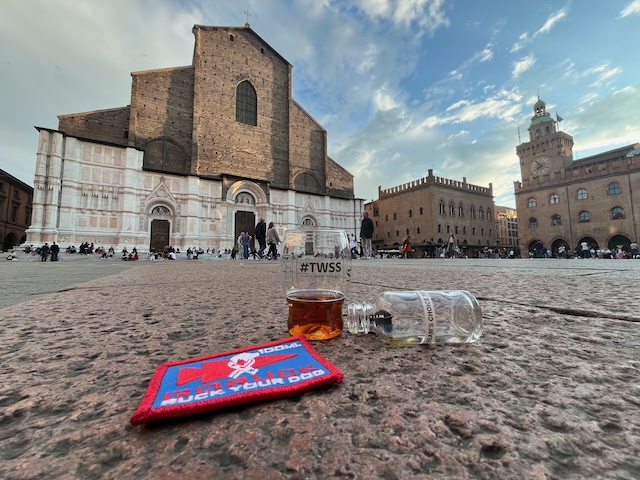Food may be a little bit of a “tyranny of choice” situation in Italy. There are so many fantastic choices – you start to get overwhelmed. Everywhere you turned – there was a spot to grab a tasty sandwich at the very least. We had a few occasions where that was exactly what we needed. The day we took a train to Florence – we stopped into the small grocery store attached to the Bologna Centrale station and grabbed quick lunch items. I had a sandwich roll, and I tore it open and filled it with prosciutto. A perfect meal on the go!
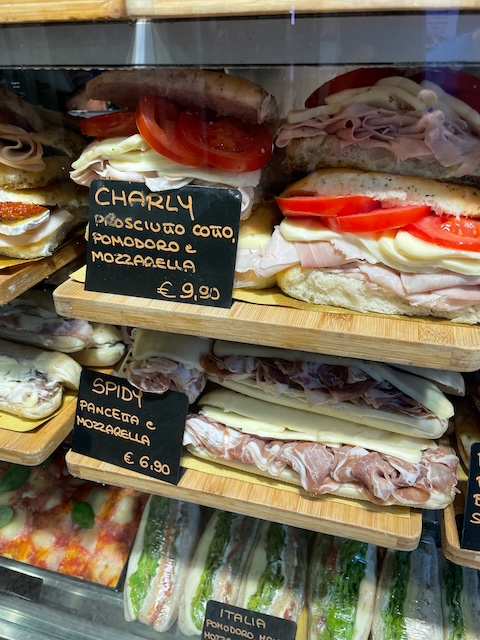
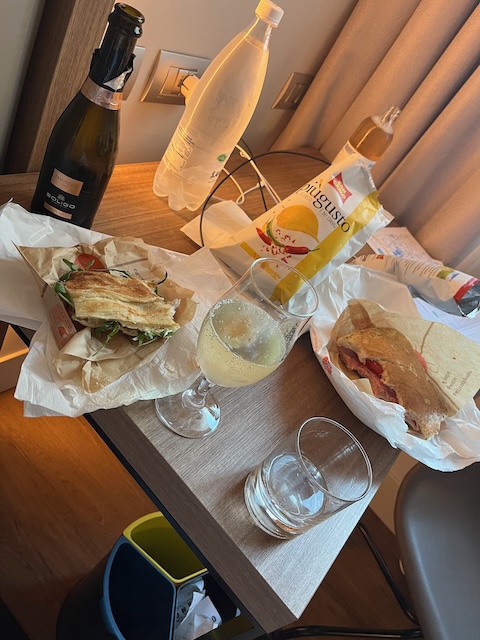
I did a little preliminary research, and I had some traditional Bolognese foods/dishes on my “hit list” and a few places bookmarked. We didn’t stress or plan too much…if we were near a spot on my list and hungry we ducked in. We had a tentative plan for a few lunches/dinners. I’ll just run down the list of things/places we enjoyed!
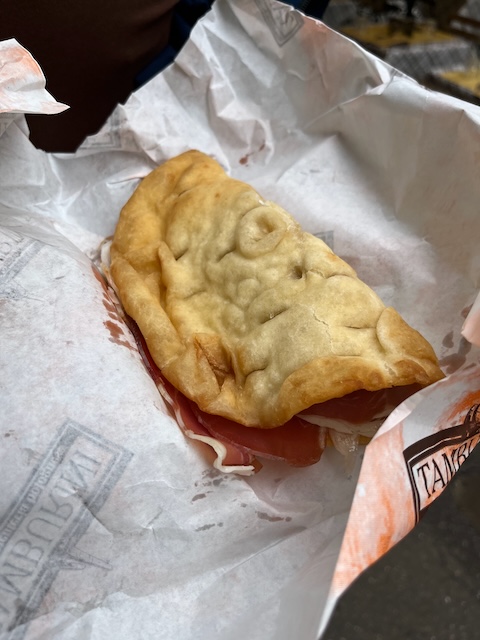
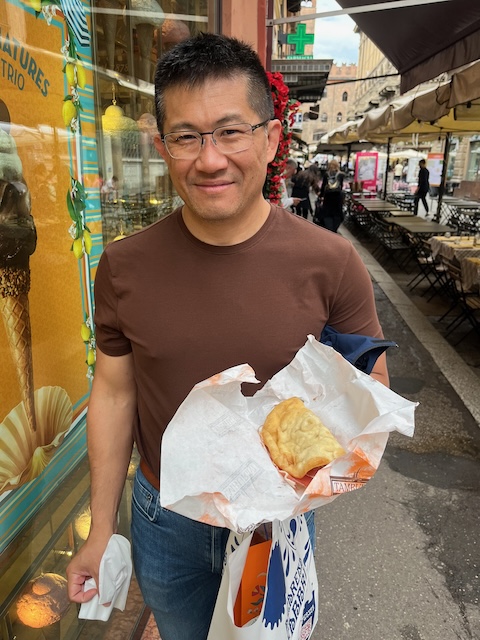
Tamburini – This salsamenteria (kind of like a deli counter) has been around since 1932. We ducked in around 11 am on a Monday morning and ordered a crescentina with mortadella 🤌🏻 and a second with prosciutto crudo. Crescentina is a fried bread delicacy from Emilia-Romagna – usually eaten with cured meat and/or cheese. This was a perfect take away grab and let me tell you it was RICH.
MozzaBella – this location we happened on inside Mercato dell Erbe (the largest covered market in the historical city center). I believe this is a Bolognese small pizza chain with locations in Bologna and Modena. They take their pizza inspiration from Neapolitan style pizza. We had pizza a couple of times while in Italy – and it was shocking how good it always was. Simple…but high quality ingredients and you have a winner.
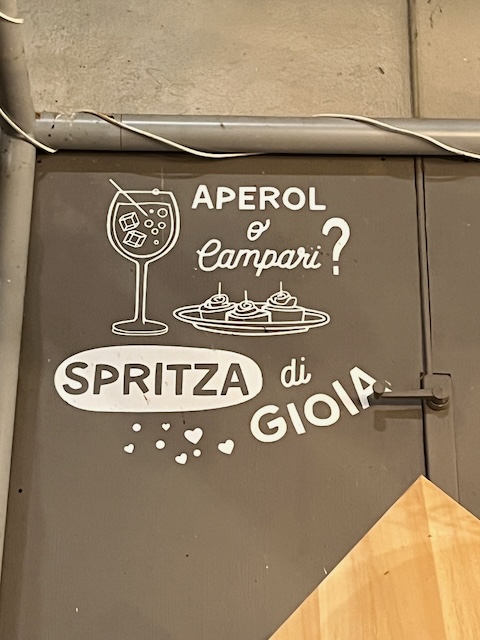
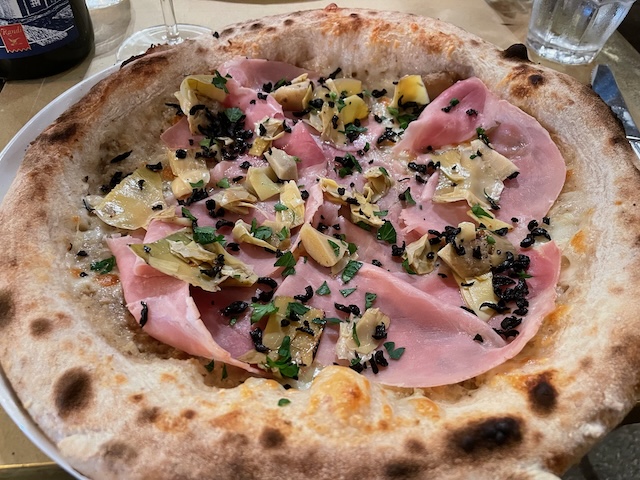
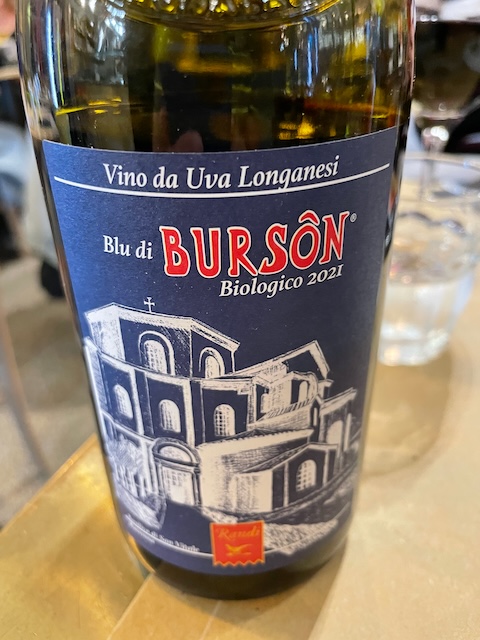
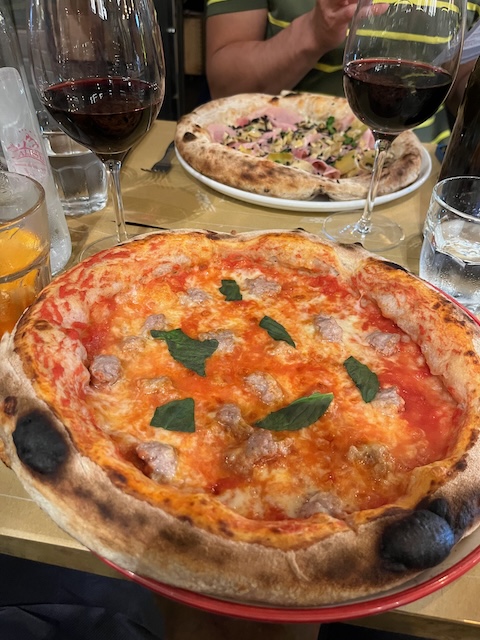
Sfoglia Rina – We enjoyed this spot so much – we went twice during our visit. This beloved restaurant has roots as a local fresh pasta shop in the 1960s. The family modernized, transformed and expanded the business beginning in the 2000s. There is a location near the Bologna historic city center – not far from Piazza Maggiore and Quadrilatero. They have some amazing prepared dishes and fresh pasta for takeaway, and they have a restaurant area. The menu is divided into two sections – a traditional section that always has the Bolognese classics and a seasonal section with a lean towards reinterpreting traditions. On our first visit, we went traditional Lasagna alla Bolognese and Tortellini in Parmesan Cream. Second visit, we split up traditional – Tagliatelle with Ragù and seasonal – Green Triangles of Mortadella and Stracciatella, pistachio, butter, tomatoes, honey, grated lemon. This place is very popular at lunch time – and there can be a line. We managed to be nearly first in line on our second visit (that bourbon hunting instinct paying off 🤣). When you’re seated – you can check out the menu boards, and there’s paper on the table where you write down your order. Your dish will come with the day’s side dish and bread. Everything we had here was spectacular and at the same time comforting.
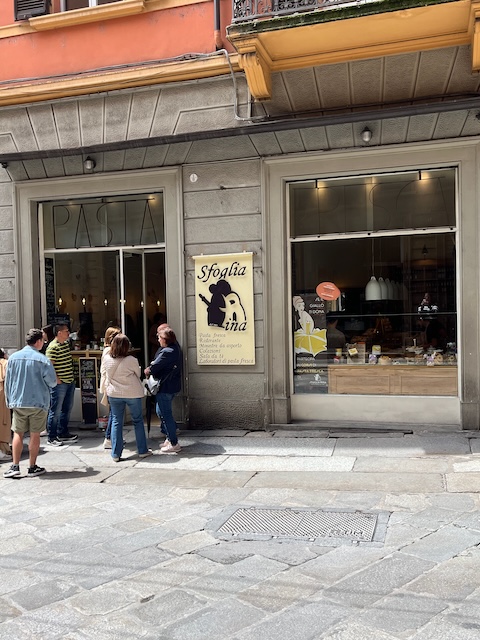
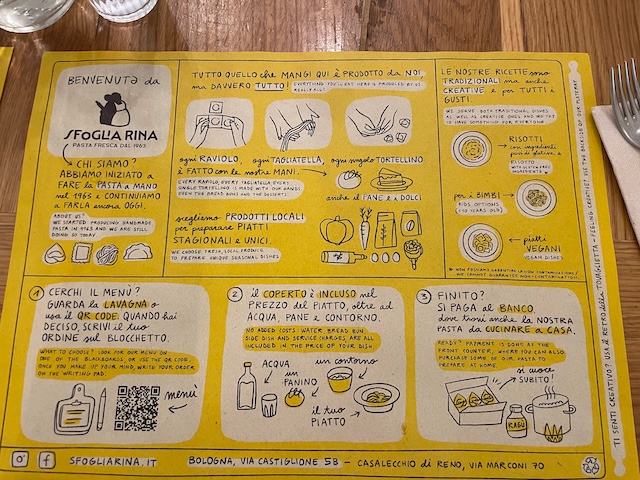
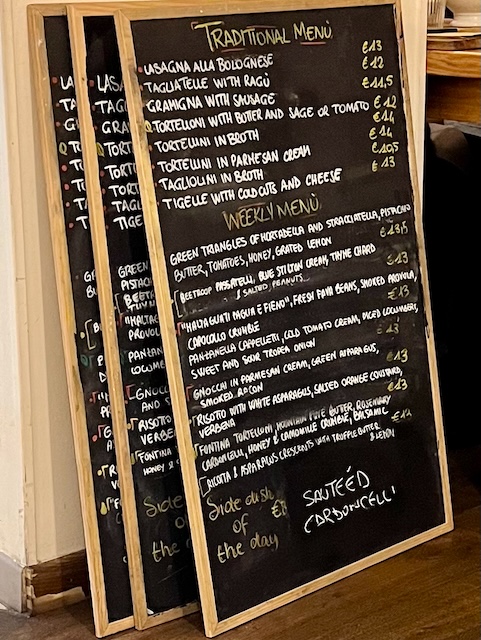
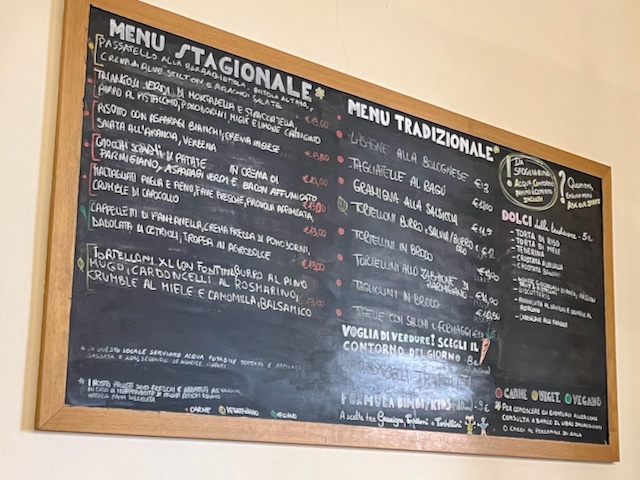
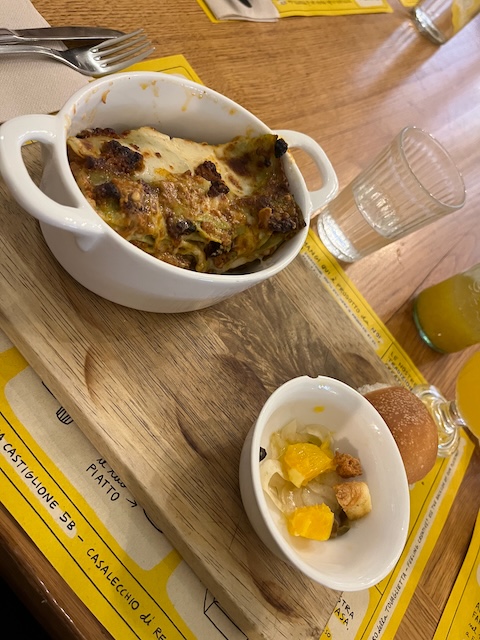
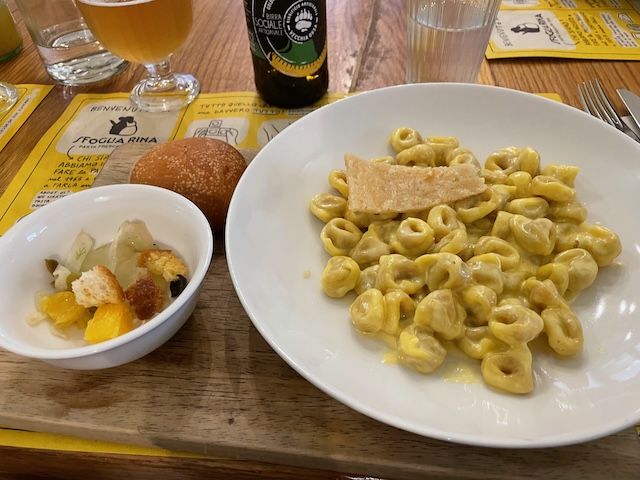
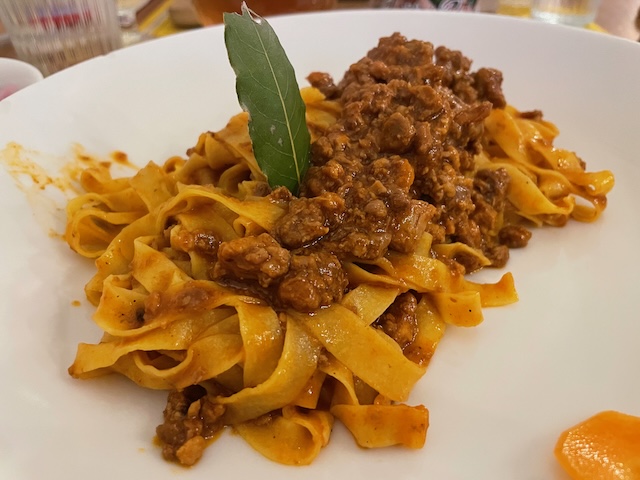
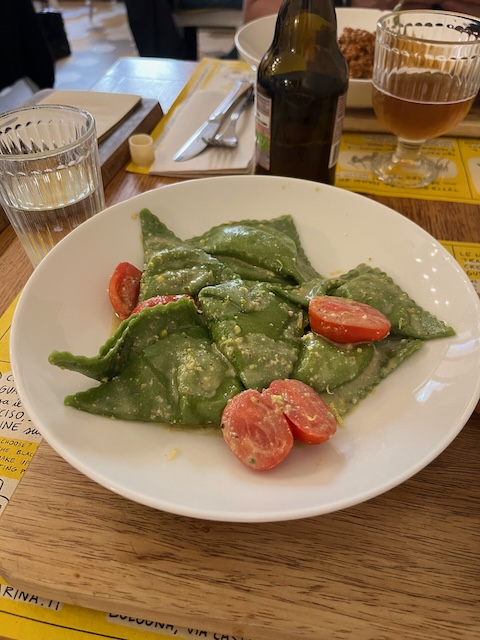
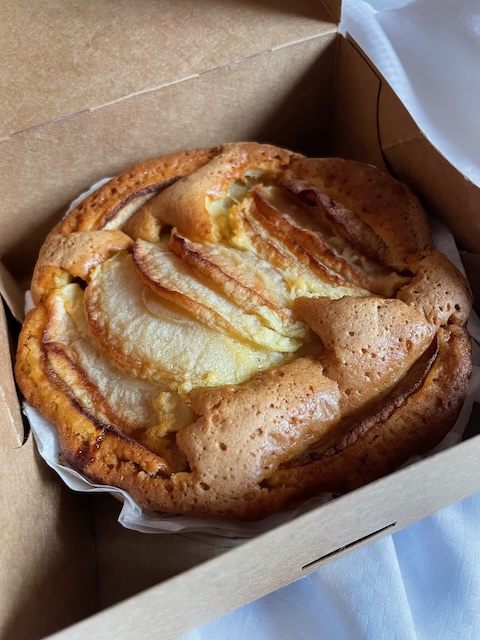
La Prosciutteria – I first bookmarked a location of La Prosciutteria in Florence while watching a travel video. When my friend Renee discovered I was in Bologna, she sent me a link for the location in Bologna and recommended we check it out. SOLD! So, this place is a chain, and it seems very popular. It’s hard to know if it’s locally popular or – you know – tourist popular. We enjoyed a bottle of wine and the gourmet Tuscan cutting board that featured cured meat cuts, cheeses, crostini, vegetables, fruit, and jam. I also couldn’t resist finishing off the experience with a little Vin Santo and cantucci. There is no shortage of places to eat a sampling of local cured meat and/or cheese. They’re everywhere!
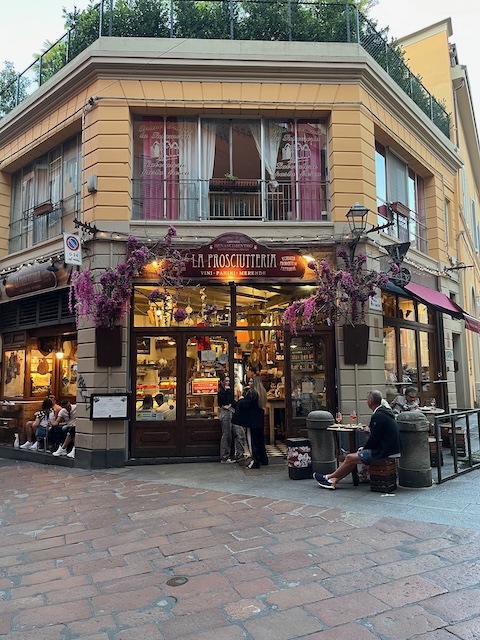
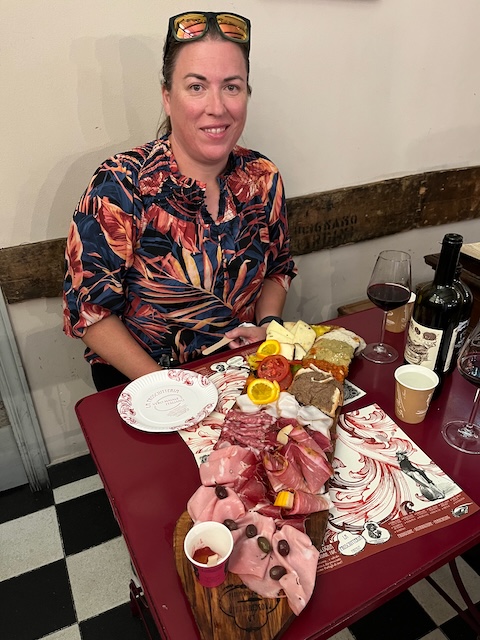

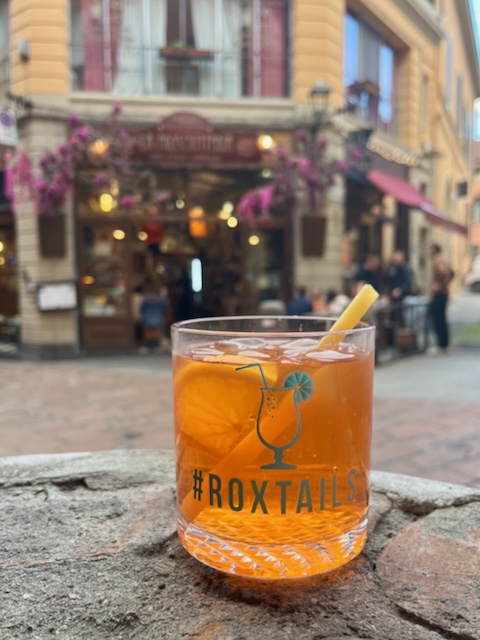
Cremeria la Vecchia Stalla – OMG…Gelato! I wish I had something right now – as divine as the “Divino” gelato I had from this spot. It’s described as pistachio pesto with cervia salt…it has that lightly sweet and rich thing going on…with a hint of salty pistachio. So good! I’m trying to remember what flavor Ronald had, and I think I must’ve been too engrossed in mine to notice 🤣. We also had a drive by gelato at OGGI, but I didn’t think it was as good as Cremeria la Vecchia Stalla.
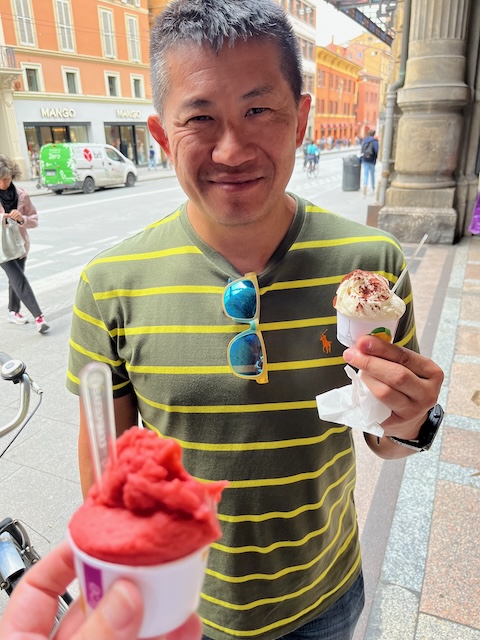
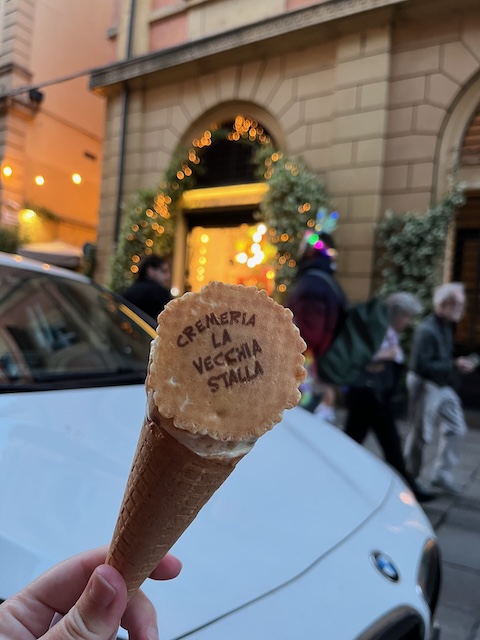
Osteria Al 15 – This was a delightful and completely unpretentious spot to close out our visit to Bologna. Style and presentation may have been a bit “homey”, but that didn’t stop us from enjoying ourselves. The service was warm and not intrusive. We shared a bottle of wine and we started with Pesto alla Modenese and Tigelle. The best way to describe Pesto Modenese is like pork butter with herbs – a spread made from ground up lardo, garlic and rosemary. As the name would suggest, it hails from Modena. Tigelle is a traditional type of flat bread from Emilia-Romagna. It is usually shaped like a little flat disc, and it is cut open and spread with pesto alla Modenese or stuffed with cured meat or cheese. We had a first course that we shared of lasagne alla Bolognese and tortelloni with butter and sage. We shared a second course of pork Milanese – a crispy breaded pork cutlet with sauce/gravy and potatoes. We finished up with delicious cheesecake and Americanos. It was quite decadent for a late lunch, but a perfect fit for the day. We basically finished our packing and did a little walking around before getting to bed early for an early flight.
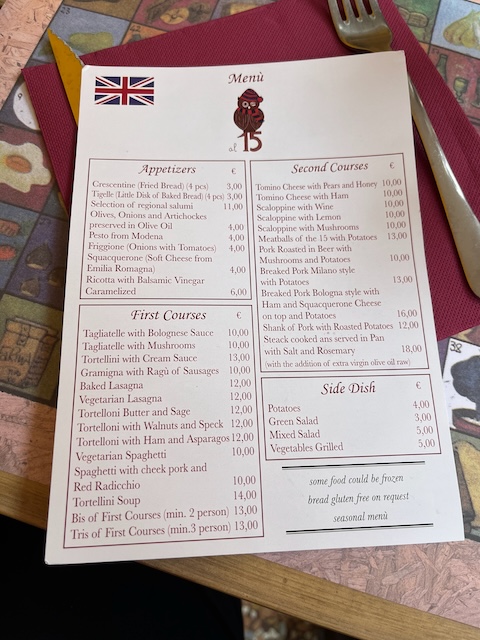
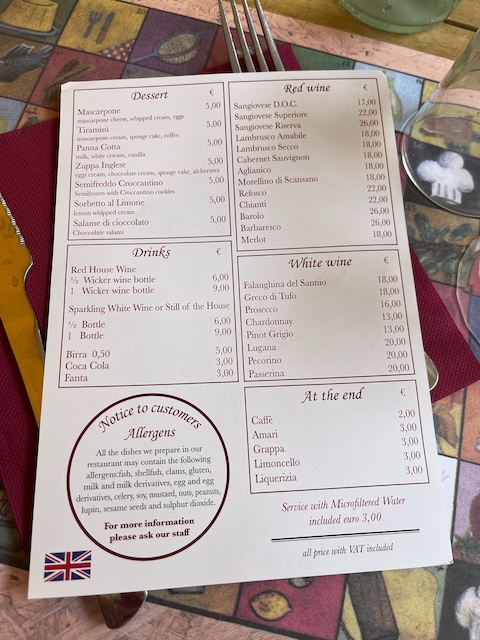
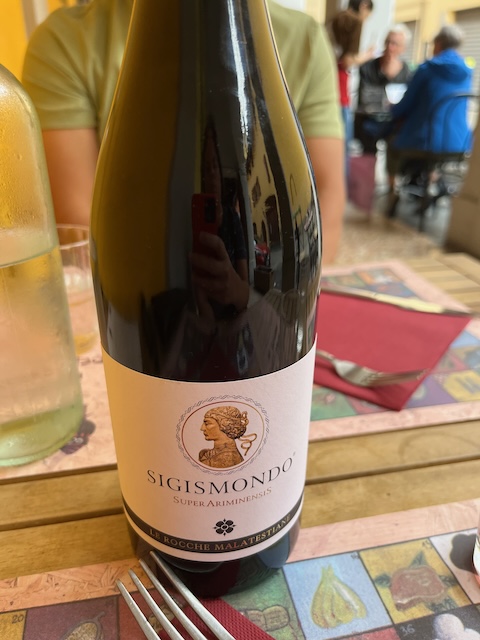
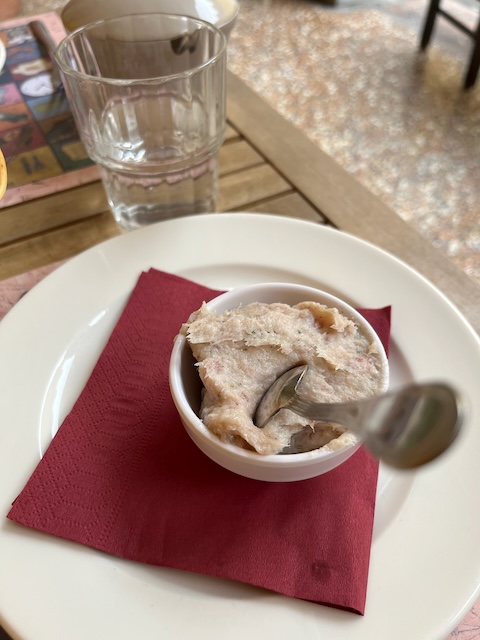
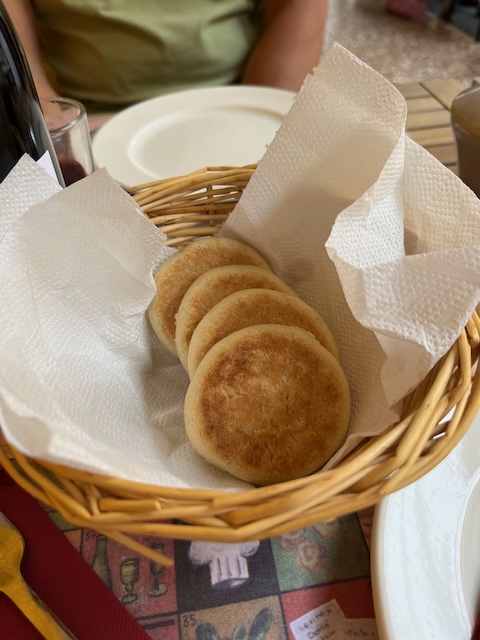
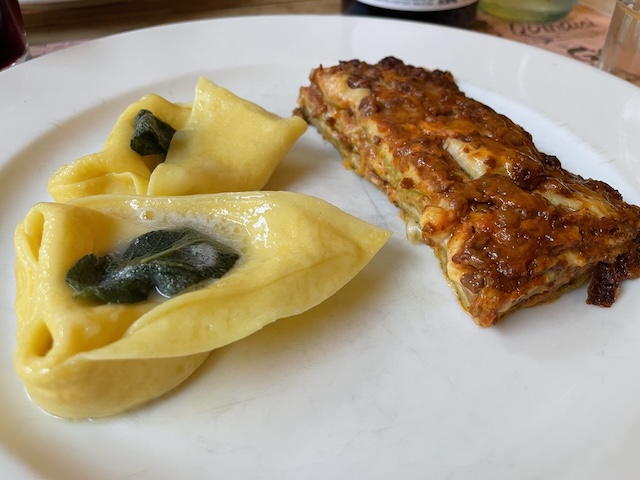
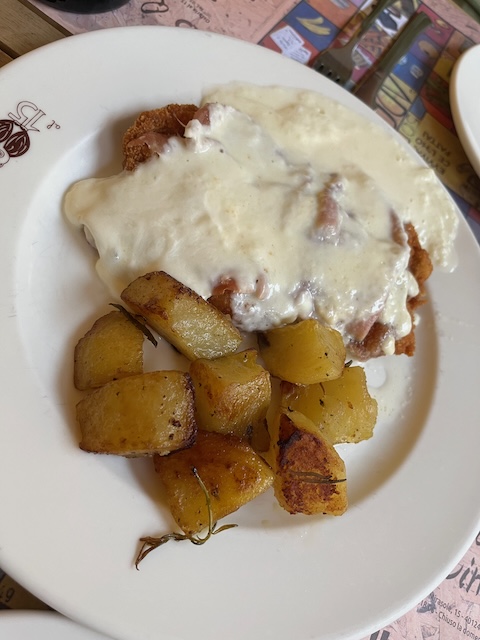
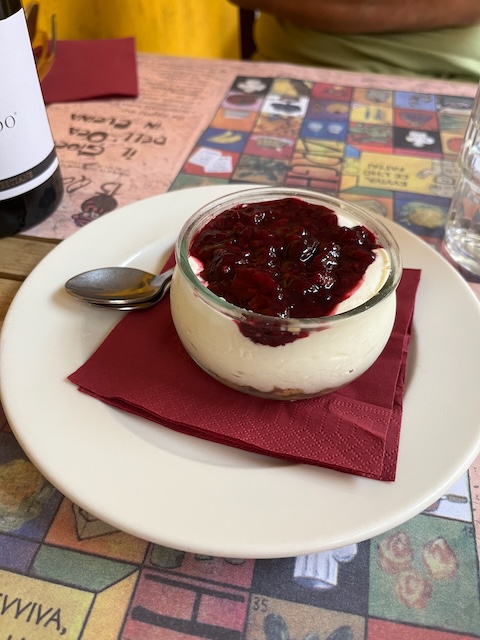
Let’s talk about coffee/espresso and breakfast. Good espresso is EVERYWHERE in Italy. It’s like a divine right. Most mornings we stopped in some new spot. Ronald would have an Americano, and I would have a cappuccino. We usually paired it with a croissant. Just people watching this daily ritual is quite fun – taking an espresso is something very no nonsense.
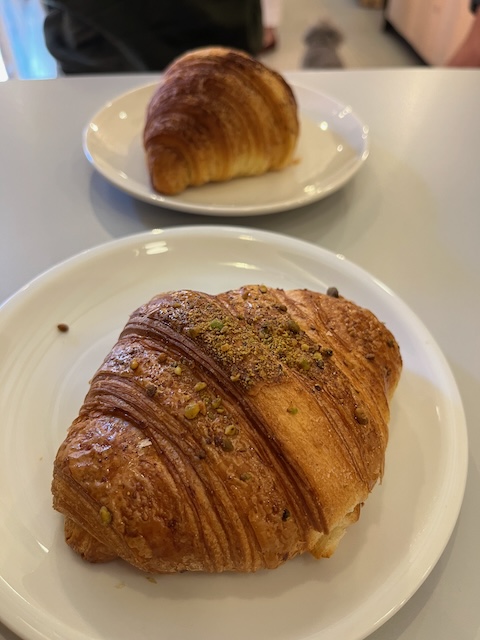
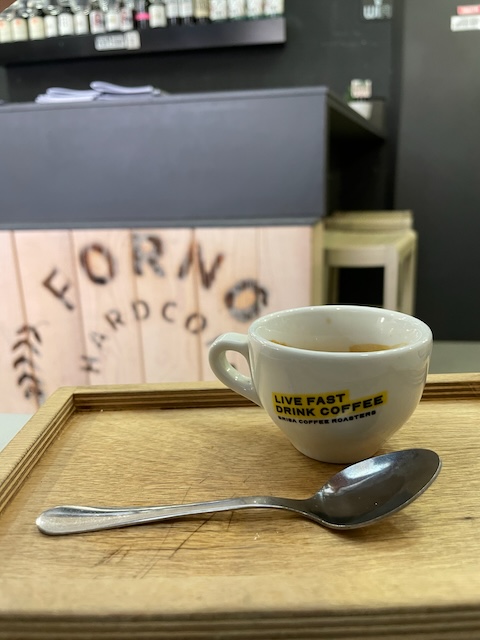
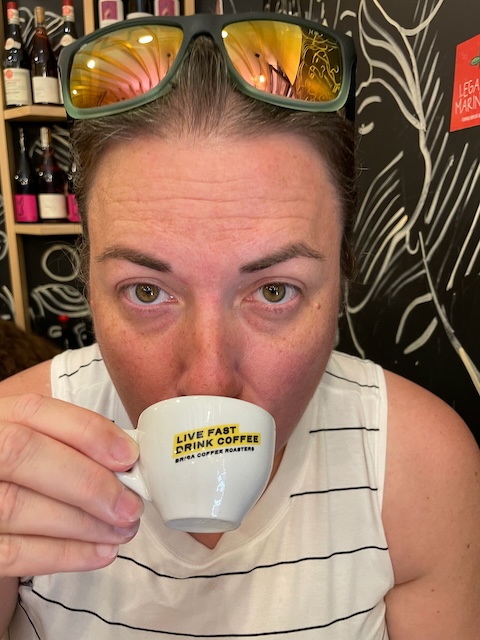
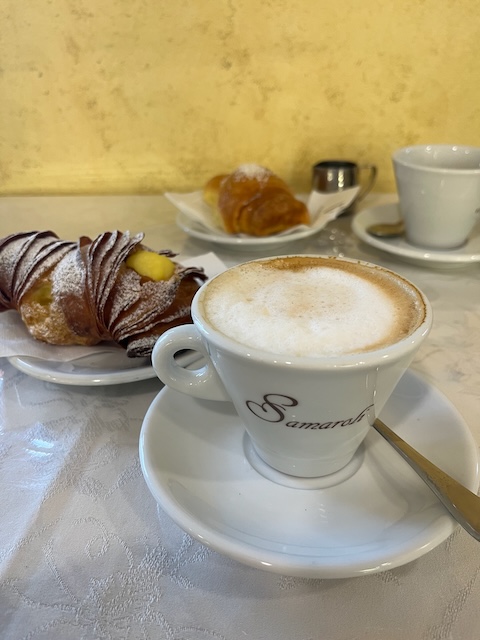
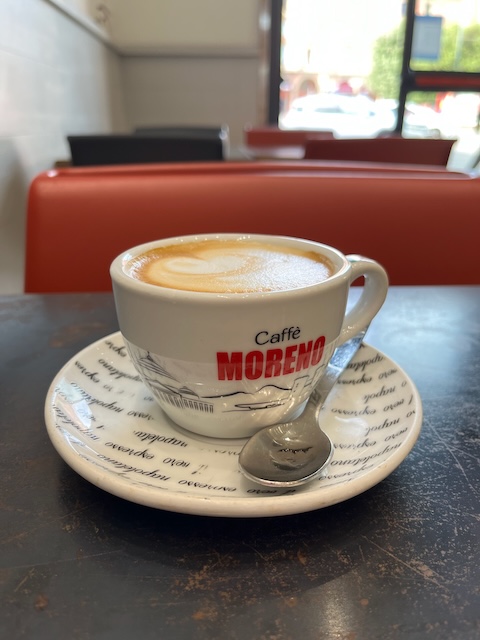
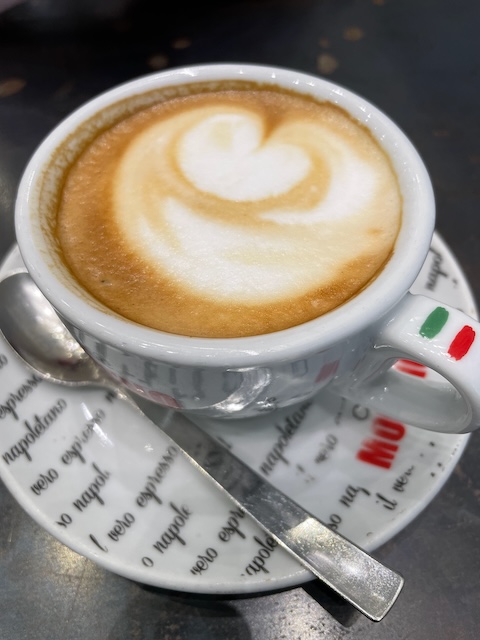
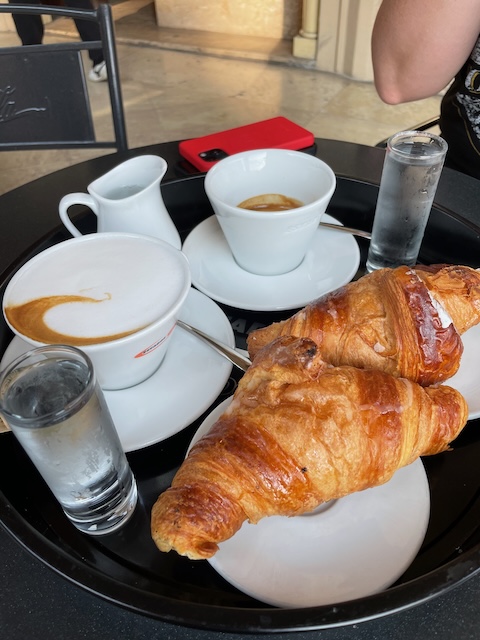
We discovered a humorous spot for coffee called 12oz Coffee Joint. I suppose it caught our attention because there were several locations around where we stayed, and the noticeably larger coffee cups stood out. The story is it’s something like an American coffee inspired experience popular with the younger crowds in Italy. The company’s founder claims his teenage children would send him photos of giant coffee cups with whipped cream when they were abroad. He also realized after seeing a typical woman from Milan carrying a big cup of coffee along with her Louis Vuitton handbag – the time had come for this style of coffee shop in Italy. Read more on this background story here. We found it convenient on a few occasions, but mostly we found it entertaining. It’s like Italy’s Super Size or Route 44…but still just 12 oz 🤣🤣.
Also worth mentioning – we woke up Thursday morning to observe lots of vans and tents being set up in the plaza outside our hotel (Piazza XX Settembre). When we returned later in the day – it was clear a fair or market with street food galore was moving in. We found the information on Facebook , and noticed it would essentially be there for the rest of our stay. We couldn’t resist filled to order cannolis! Ronald had a few more adventurous options from some of the stalls. I started feeling kind of under the weather Thursday – so I was generally less interested in eating and drinking.
I’m certain we only scratched the surface, and we may have to return and experience more Bolognese cuisine. I was able to check many things off my list though…tortellini, tortelloni, tagliatelle with ragu, lasagne alla Bolognese, pidadina, crescentina, tigelle, mortadella, prosciuotto di Parma, Parmigiano Reggiano, balsamic vinegar (the good stuff! another post is coming about Modena), squacquerone, gelato, Lambrusco, and Pignoletto.
